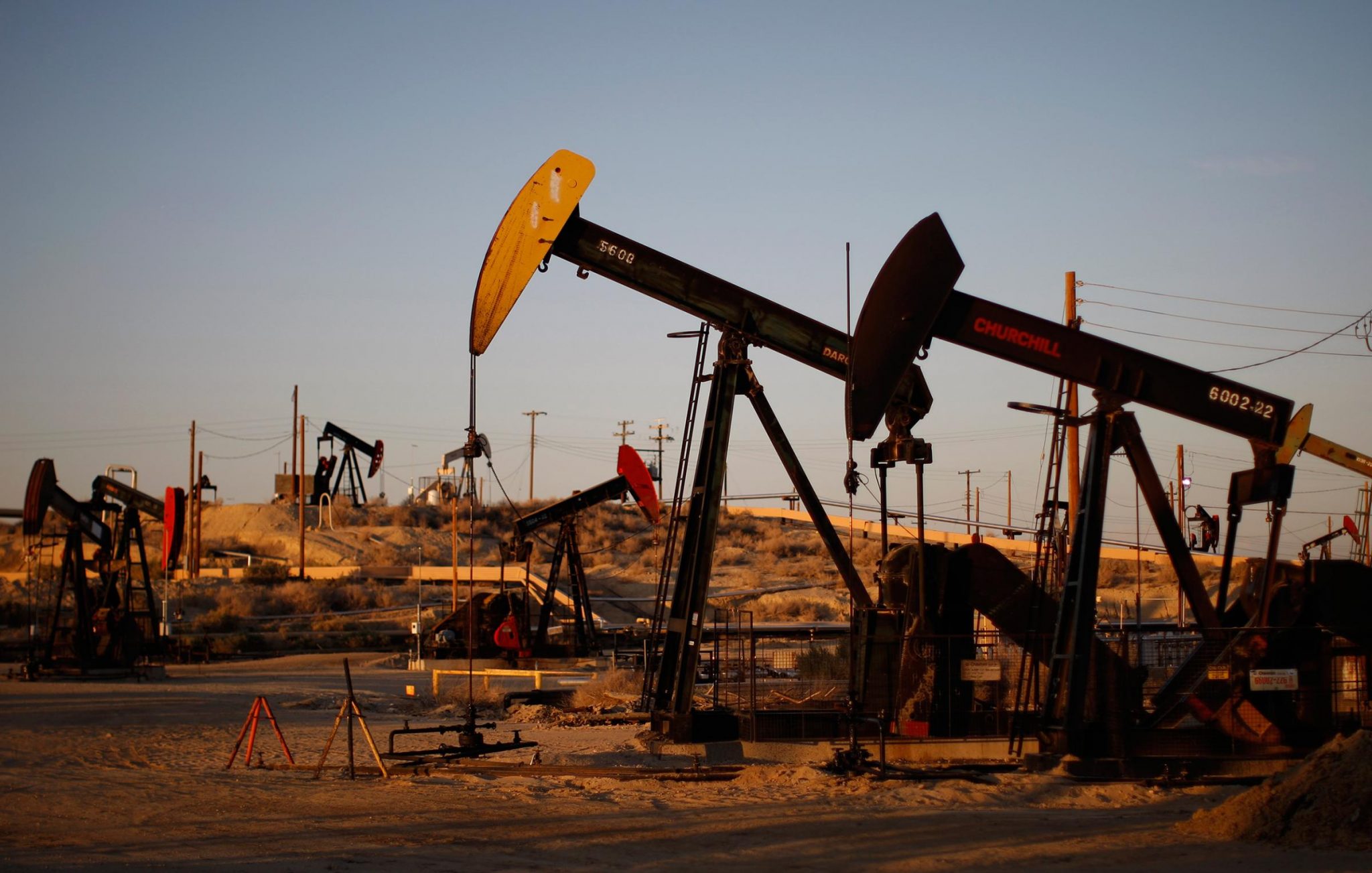
Its been a zombie agreement for a while. The 2015 Iranian nuclear agreement, formally known as the Joint Comprehensive Plan of Action (JCPOA) appeared doomed long before President Trump took office. However, President Trump made clear this week his plan to pull the United States out of the agreement.
This past weekend Rudy Giuliani symbolically spit upon a copy of the JCPOA when speaking to a conference of the Iranian opposition in Washington D.C. The former New York mayor is now part of President Trump’s legal team, and his views are shared by many in the White House, including National Security Adviser John Bolton and other Iran hawks like Secretary of State Mike Pompeo and Secretary of Defense James Mattis.
Tearing up the deal will mean the resumption of the sanctions first imposed in 2012, and severely limit oil production from the third largest oil-producing country in OPEC. The impact on the oil industry could be huge though it is unclear to what extent Trump will pressure European allies to comply with the measures. Were sanctions to resume it could mean somewhere between 300,000-500,000 fewer barrels of crude oil per day by the fourth quarter of this year.
However, since Germany and France are likely to stay in the agreement, Iran will continue to have markets for its oil. China is another important customer. One reason is that France’s Total is working with Iran to develop the massive South Pars natural gas field. When taken in its totality with its portion on the Qatari side of the border (the North Field) it is the world’s largest gas field.
[alert type=white ]Author: Suhaib Kebhaj is a research analyst at the International Monetary Fund. His research interests include macroeconomics and trade especially as they relate to low-income countries.[/alert]
With tensions high in the region there are other scenarios in which Iranian oil could disappear from the market. A study published in Energy Economics in 2016 offers the rosiest picture of what could happen if large amounts of oil were to disappear. It noted that generally when Iranian oil production is withheld from the global market, it does not result in a long-term price increase. Saudi Arabia usually rebalances the market by increasing its production to cover the lost Iranian supply.
Saudi Arabia announced that it would work to offset any lost Iranian production to the world oil market. Iran provides 3% of global production. How long Saudi Arabia would be able to maintain such a policy is unclear. One study found that Saudi Arabia needs an oil price of roughly $88 a barrel to avoid running a deficit.
Other OPEC countries, along with other oil exporters, namely Russia, have also committed to reducing production till the end of 2018 to draw down reserves and re-balance the oil market. How the Emirati and Saudi pledges play out in the face of those commitments is unclear. Many OPEC producers hope that the production limit will be continued through 2019 and the topic will certainly be a key point of debate at June’s OPEC meeting.
Meanwhile, Venezuela, Iraq and Libya remain wild-cards as all three countries want to increase exports but have to contend with a high-risk security situation. Given these factors we could see oil prices continue to climb past $70 a barrel.
[button color=”red” size=”big” alignment=”none” rel=”follow” openin=”samewindow” url=”https://www.vocaleurope.eu/?s=Iran”]Curious for More?[/button]
The rising oil price has enraged President Trump, who took to Twitter last month to lash out at “artificially high prices”.
But low-income countries reliant on commodity exports may be quietly applauding.
With oil prices climbing other commodities will likely climb as well. To some extent metals, oils and other commodities are benefiting from strong synchronised global growth across emerging and developed markets.
There isn’t much spare capacity for increasing production as the collapse of commodity prices following the last cycle led to a drop-off in long-term investment. This is affecting commodity supply chains, in an environment of strong global growth and increasing demand. OPEC production cuts and a decline in Iranian oil exports would only worsen this problem.
There could also be knock-on effects on agriculture as a hike in the oil price results in increased demand for biofuels. As biofuels become more profitable farmers might opt to produce maize or other plants, in turn reducing the supply of fruit and vegetable crops and potentially pushing up food prices.
Since the early 2000s commodity markets have experienced a higher degree of financialisation, resulting in increased co-movement in prices, usually led by movements in the oil price due to its high weight in the commodity financial market. So we could expect to see increased commodity prices across the board this time as well.
This is good news for many commodity-exporting countries who will be able to enjoy higher windfalls. It’s especially good news for poor countries who have taken a severe hit from the drop in commodity prices in 2014 and the current period of cheap oil.
Many of these countries have run up dangerously high deficits as a result of lower commodity prices in recent years, with some at risk of default. Masood Ahmed, who heads the Center for Global Development, has warned of a looming debt crisis in low-income countries.
For those countries the prospect of a Trump-inspired increase in global commodity prices could be the saving grace that allows them to avoid default and maintain their current spending levels.



